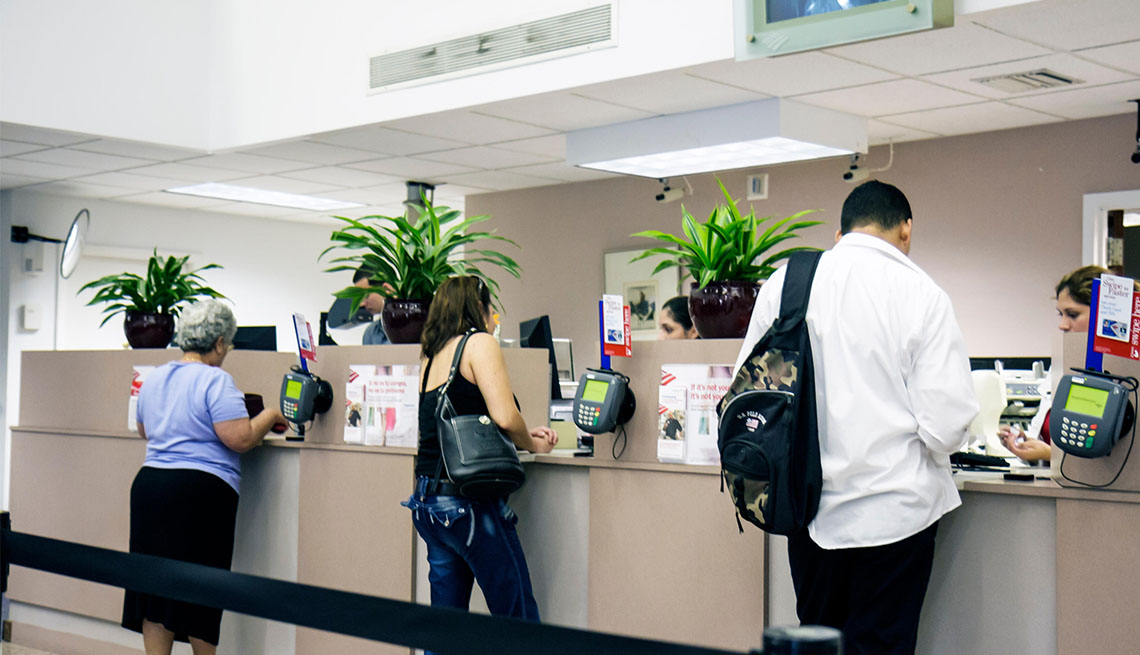AARP Hearing Center
Training bank tellers to spot instances when someone may be trying to exploit an older adult can significantly improve protections for vulnerable customers, according to new research from AARP and Virginia Tech's Center for Gerontology.
One common way that grifters try to take advantage of older Americans is by going to banks or credit unions and either pretending to do the bidding of loved ones or coercing that person into making a transaction.
To fight schemes like this, AARP developed BankSafe, an online training platform to teach bank and credit union employees how to identify signs of financial exploitation and to take steps to protect the savings of potential victims. According to researchers from AARP and Virginia Tech, over a six-month study of more than 1,800 bank employees at about 500 branches of banks and credit unions in multiple states, those who received the BankSafe training to spot exploitation halted nearly $1 million in fraudulent transactions — 12 times more money saved per employee than by banking staff who weren't trained with the preventive model.
BankSafe training resulted in an average consumer savings of $865 per employee, much higher than the $70 that employees who didn't complete the training saved customers. What's more, staff trained through BankSafe prevented exploitation more often.
"Defending older Americans from financial exploitation is mission critical to AARP, and we know that the stakes couldn't be higher,” said Debra Whitman, executive vice president and chief public policy officer at AARP. “We are excited that so many employees in our nation's banks and credit unions are learning new ways to stop financial exploitation through AARP's training."
While there's no national mechanism for tracking financial fraud among older Americans, studies show that “3.5 percent and 20 percent of adults over 65 years of age will become victims” of exploitation, losing an average of $25,000 to $120,000, according to the study. Those financial losses add up. In 2011, cases of exploitation resulted in $2.9 billion in abuse, according to insurer MetLife. The true costs are unknown because most frauds go unreported.

































































